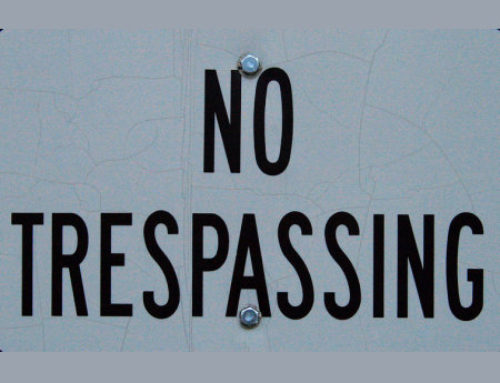Many people are unaware of how much Moab’s recycling is impacted by global happenings. Last year, China enacted their National Sword program, to reduce the amount of trash coming into their country listed as recycled material. In some cases, the material was full of contamination from single stream areas that did not do a good job of sorting the material. Part of their program was to ban the import of post consumer plastics and mixed paper unless a specific standard of .3% contamination rate was met. To bring that down to what it means to us here, for every 1000 yellow marbles, you are looking for 3 that have dings in them. Recently China relented and the contamination rate allowed was raised to .5% or 5 marbles with dings out of 1000. For us locally, the price paid for sorted, clean plastics one and two, that we produce, we no longer receive $50 to $250 per ton but in some instances, we get nothing or in some cases up to $10 per ton. Our transportation costs alone costs about $27. 50 per ton to move plastics and other commodities. This also does not include the cost of paying our employees a living wage, the cost for utilities to make bales of materials or the fuel cost to take the material from the drop point to the baler to process or loading the baled commodities. If we were to send plastics 3 through 7, those items like some of the food storage containers, we are expected to pay $50 per ton to process the material which is on top of the collection, processing, loading and transportation fees. Economically, this is not a viable option for us in Moab. Other items are not as glum, such as cardboard, aluminum, and steel cans. Those items almost pay for themselves, but it takes a long time to get 22 tons of such material. Glass is another product that is hard to handle and justify sending very far to recycle because of cost both monetarily as well as through carbon footprinting, but there is an alternative use for glass which the district has embraced. We can use the glass to subsidize the lack of adequate dirt cover at the Moab Landfill. We are also using the glass to build the compost pad to allow for any liquids to percolate and move away from the compost and top cover of the old portion of the landfill. We have a few local artists that use the glass for their projects also. With the pressure being placed by China’s demand for better feedstock on the global recycling community, the long term benefit is better material and more accountability by local generators. In the short term, though, pickings will be slim and the district is working on what items make the most sense to recycle and what items can we use locally to our advantage and still not place in a landfill for disposal but use the items for one more time.
The district personnel are always open to ideas and thoughts on how we can become a more sustainable entity. Meanwhile, we will continue to work towards reducing materials that are just “thrown in the landfill”. Stay tuned……




